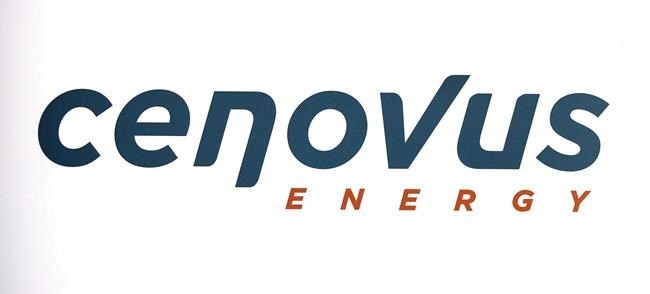CALGARY — Two of Canada's biggest oilsands producers are taking different approaches to restoring production that was shut down during the pandemic lockdowns as signs of an economic recovery and higher oil prices emerge.
Both Cenovus Energy Inc. and Suncor Energy Inc. reported millions of dollars in losses in the second quarter as they throttled back oil production amid a global crude market awash in surplus barrels.
However, while Cenovus brought back 60,000 barrels a day in June to take advantage of higher bitumen prices, Suncor signalled Thursday the shutdown of one of the two production trains at its 194,000-bpd Fort Hills oilsands mine could remain in place for some time.
"In response to the sharp decline in oil prices in April, we quickly reduced production volumes at our oilsands operations while continuing to steam and store the mobilized oil in the reservoir," said Cenovus CEO Alex Pourbaix on a Thursday conference call.
"When the market price for Western Canadian Select (bitumen-blend oil) increased almost 10-fold in June compared with April, we acted fast to ramp our oilsands production back up to take advantage of the improved pricing."
The increase in WCS to an average of C$46.03 per barrel in June from C$4.92 in April prompted a boost in production to record levels at Cenovus's Christina Lake operations in northeastern Alberta, the Calgary-based company said.
Pourbaix said Cenovus is currently producing more oil than allowed under Alberta's crude curtailment program by buying credits from other companies who have been producing less than their quota either because of voluntary reductions or maintenance work.
Although some of the industry's nearly one million bpd of production taken offline in Western Canada has been restored, Cenovus chief financial officer Jon McKenzie estimated about 500,000 bpd is still not being produced.
On a separate conference call Thursday, Suncor CEO Mark Little reiterated his contention that the energy sector recovery will be led by consumers of refined products, with higher demand for fuel translating into more demand for oil.
"The pace of demand recovery will be influenced by a number of factors," he said, listing risks including a possible second wave of virus outbreaks, offset by government stimulus spending.
"We won't bet the financial health of our company on the pace of recovery, which is outside of our control."
Suncor's production was 655,500 boe/d during the second quarter ended June 30, down 11.4 per cent from 739,800 boe/d in the first quarter of 2020 and 18.5 per cent from 803,900 boe/d in the same quarter of 2019.
Little said bringing back production from the second train at Fort Hills depends on oil prices, the ongoing Alberta oil output curtailment program which has prevented full production there and Suncor's ability to control costs.
"Given the high level of global crude inventories and the return of production which was shut in during the second quarter, we expect (oil) pricing and crude spread volatility to remain through 2020, although obviously not as extreme as we saw in the second quarter," he said.
Cenovus production in the second quarter was 465,415 barrels of oil equivalent per day, down from 482,600 boe/d in the first quarter when it took advantage of an Alberta program to allow higher quotas for producers who employ crude-by-rail options.
Since then, Cenovus has halted its rail shipping, which moved as much as 100,000 barrels per day, because it has been able to find sufficient pipeline capacity. McKenzie estimated not using its rail terminal is saving Cenovus about $60 million a month.
Neither Cenovus nor Suncor said they plan immediate changes to their 2020 capital budgets which were reduced in March and April.
Suncor reported late Wednesday a second-quarter net loss of $614 million or 40 cents per share, down from net earnings of $2.73 billion or $1.74 per share in the same period of 2019.
On Thursday morning, Cenovus reported a net loss of $235 million or 19 cents per share for the period ended June 30, compared with a profit of $1.45 per share or $1.78 billion a year earlier.
This report by The Canadian Press was first published July 23, 2020.
Companies in this story: (TSX:CVE, TSX:SU)
Dan Healing, The Canadian Press
Note to readers: This is a corrected story. A previous version contained incorrect Cenovus production numbers.




